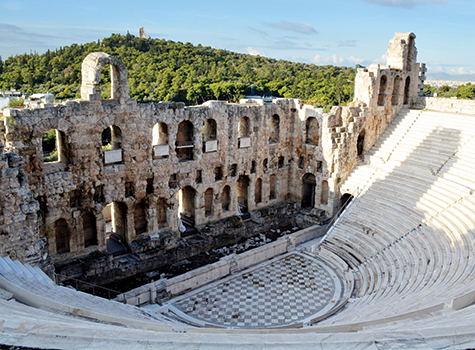By Preethi Sriram

I am a student of dance, so for me it is not just the dance. It is learning everything about dance from the theory to the different artists, to trying to understand the Natyashastra text in application, and so forth.
As a student of dance, attending shows is a hobby. I look for shows to attend and watch the way a sports enthusiast would look for sports game to attend and watch a football game or basketball. It is a learned hobby passed down to me from my mom as when I was younger, there would always be an event or program to attend. I especially looked forward to the idea that the format for Basant Bahar was geared toward the classical arts.
The first official show of the year that I had the delight to be able to attend was Hum Sub’s Basant Bahar in Cary, NC that took place on March 13, 2022. When I first saw that it would be in person (with live streaming option), I had eagerly set aside time to be able to attend the show with my mother. While during the peak of the pandemic, I had enjoyed watching shows streamed online (and I still do and hope to see live streaming options still provided alongside in person), I also relished the opportunity to be able to go in person.
Each piece that was presented during the show was beautiful. There was a piece that was artistic in showing the goals of yoga. One can see yoga everywhere these days: it seems quite diverse from “hot†to “goats†to “beer.†While all of those have their own place in the modern world, it was nice to also see yoga and its roots and its purpose to the individual. The item demonstrated how yoga is a way to have control over one’s emotions. It was especially enjoyable to listen to the narration and the narration mentioning of how classical Indian dance is considered a type of yoga.
Another classical dance that I enjoyed watching was a fusion of the classical Indian dance styles of Kathak and Bharatanatyam. While both styles are unique in identity and form, and are from different regions of India, the merging of the two styles was a journey for the audience. The feeling of “unity in diversity†and harmony was created by the dancers seamlessly combining unique steps so that it blended so well, that the viewer is left spellbound.
Another dance focused on the story of Prahlada and his father Hiranyakashipu. The story showed the devotion of Prahlada and the tyranny of Hiranyakashipu. The devotion of Prahalada to Vishnu and the tyranny of Hiranyankashipu brings the form of Narasimha, the half lion, half man who breaks out of pillar to help his devotee and reveals the form of Vishnu.
I saw the Purana story of Ganesh, and how he got his elephant head, enacted by talented children through the semi classical form of dance.
Another piece was a classical singing piece called “Om Namo Bhagavathe Vasudevaya.†I have heard the term, but only until recently, know the translation of the term. The piece is a bhajan to Lord Krishna. Throughout the piece, I felt not only the technique of the group, but the bhakti. In certain philosophical theories, it is believed that chanting and singing the names of the different Gods brings the presence and benevolence of the divinities. My surroundings were electrified with their singing and chanting. The bhajan for that moment, made me understand Chaitanya Mahaprabhu, a 15th century saint. The peace that can come when immersed in the bhajans is experiential learning at its finest.
What I really enjoyed of attending Basant Bahar is that it felt that I was learning and experiencing the traditional cultural and philosophical stories of India through the medium of the arts. These are stories I have grown up with, such as the story of Narasimha, and learning more of Ganesh and his parents Shiva and Parvathi, or of trying to understand more about yoga and its intent, or finally to live in a moment of immersed in the feeling of bhakti.
All the performances were amazing and each of the performers and individuals did an amazing job. The Indian arts take a lot of time and dedication, and I hope they continue their journey as well within the Indian arts as it is a lifelong gift that can continue to bring joy and enlightenment.
Preethi Sriram is a classical Indian dance enthusiast and lifelong learner of dance.
Contact: [email protected]



